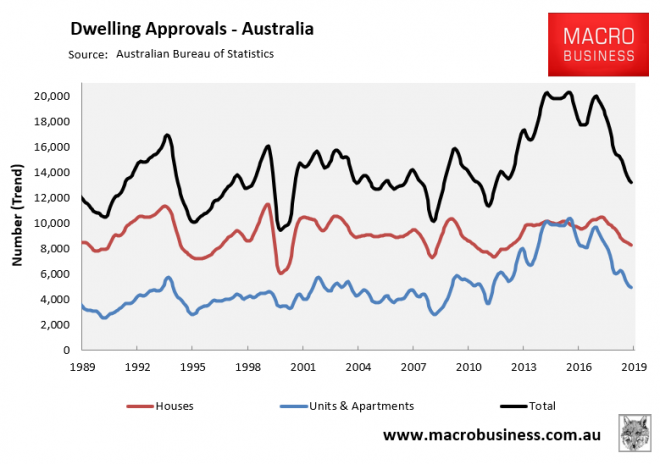The Memphis Commercial Appeal has reported that Google will open its first US operations center in the northeast Mississippi. This area includes the suburbs and exurbs of the Memphis, TN-MS-AR metropolitan area.
Troy Dickerson, vice president of the Google Operations Center told WREG Channel 3 News: “We are excited to continue growing our workforce across the southeast and are confident that Mississippi will be a great home for Google,” “This operations center will give us the opportunity to hire amazing local talent as we expand in the region.”
Mississippi US Senator Roger Wicker told WREG Channel 3 News that “Google’s decision to locate more than 350 jobs and their first U.S. Operations Center in Mississippi is a testament to our state’s great workers and pro-growth policies, I am glad to welcome one of the most innovative companies in the world to northwestern Mississippi.”

 “Alain Bertaud’s new book, Order without Design: How Markets Shape Cities (MIT Press), is particularly timely, because of the rising concern about the challenges facing middle-income households. The broad based affluence that followed World War II brought unprecedented affluence to many millions of people, principally in the high income nations. This also raised the standard of living for people living in or near poverty. The progress has been well documented by economists, such as
“Alain Bertaud’s new book, Order without Design: How Markets Shape Cities (MIT Press), is particularly timely, because of the rising concern about the challenges facing middle-income households. The broad based affluence that followed World War II brought unprecedented affluence to many millions of people, principally in the high income nations. This also raised the standard of living for people living in or near poverty. The progress has been well documented by economists, such as 













